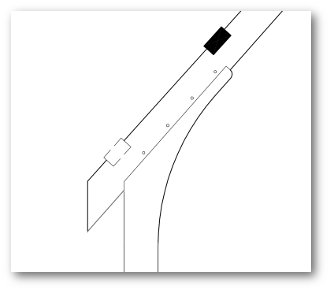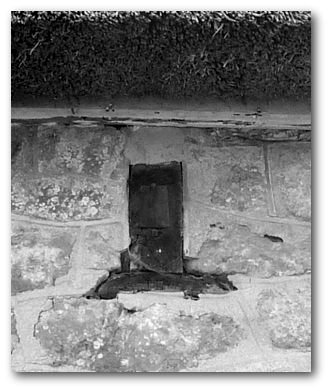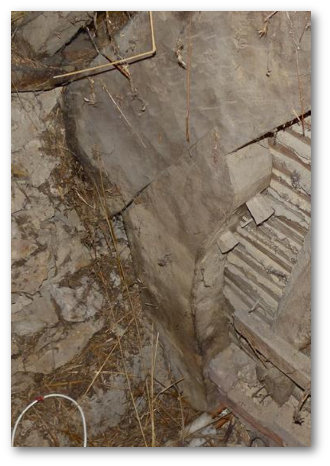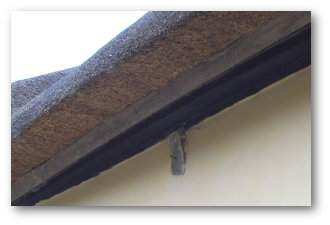Jointed crucks and cob walls

Jointed crucks are a common form of construction in Somerset.
We have recorded a number of instances where the lower end of the principal rafter is extended
beyond the post connection and left exposed on the outside of the building, see below left.
Below right is the internal section of the face pegged
jointed cruck
This extension to the cruck principal rafter would support a lower purlin and also help to anchor the top of the wall. Leaving the timber ends exposed to the weather is not a good idea if it can be avoided which suggest there may be a reason for it happening.



The exposed “cruck ends” are in stone walls of houses that also have cob walls. This suggests the exposed cruck ends may be evidence of the replacement of wide cob walls with narrower ones in stone; the cruck ends originally being hidden within the thickness of the cob. The exposed ends a have only been noted in buildings with the original roof line, that is the walls have not been raised. This seems reasonable as once the walls are raised the bottom purlin is made redundant and the lower section of timber could be cut off.
The image to the left shows the exposed cruck end and a large part of the top plate is exposed indicating the original wall line. We have also noted instances of wider wall plinths. Cob walls sit on a stone plinth to keep the cob dry. The presence of a plinth in its self does not indicate former cob walls as stone walls often have small plinths, but a significantly wider plinth would suggest cob.
It is accepted that cruck frames were “reared” when they were constructed.
That is the complete cruck truss was built horizontally on the ground and then lifted into the
vertical.
This method of construction and the cruck timbers normally being within the wall structure
means the cruck frame must have been built before the walls were constructed. This sequence of working
would have been good as it would have provided a roof to shelter the building work, especially beneficial
for cob construction.
The truss being self supporting would also have made possible the repair of cob walls or their replacement
with stone.
This need not have been done in one operation and it is possible the building could still be
occupied during the building works and may account for a difference in wall thickness if
completed over a period of time.